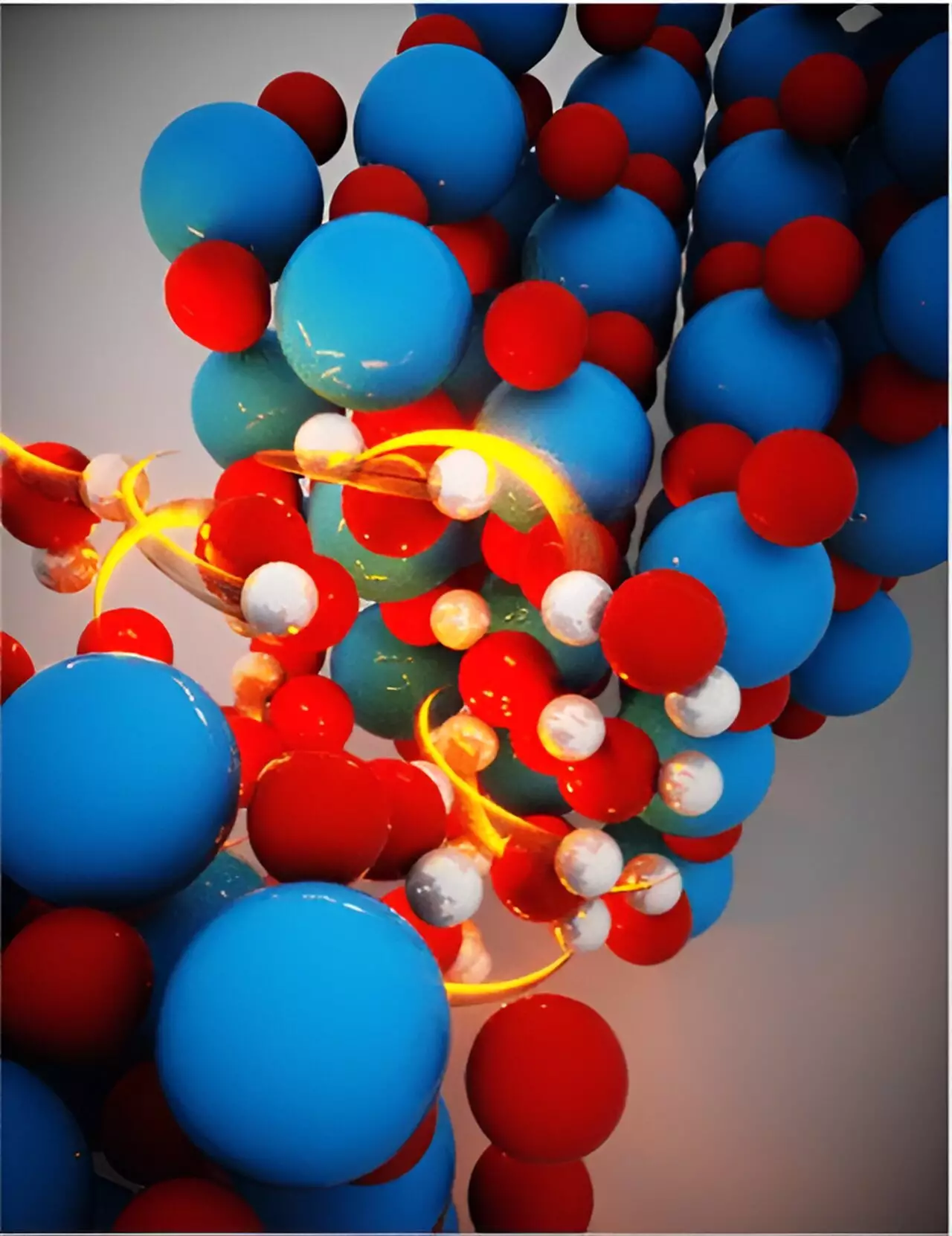In a groundbreaking study published in ACS Applied Materials & Interfaces, researchers at Lawrence Livermore National Laboratory (LLNL) have uncovered a new mechanism that has the potential to significantly enhance the efficiency of hydrogen production through water splitting. This research offers fresh insights into water reactivity and proton transfer under extreme confinement, opening up new possibilities for improving the performance of electrocatalysts while safeguarding them from degradation.
Hydrogen production via photoelectrochemical water splitting has long been regarded as a “Holy Grail” of electrochemistry. To enable the widespread adoption of this technology, it is crucial to develop an electrocatalytic system that is not only active and durable but also cost-effective. Collaborating with Columbia University and the University of California, Irvine, LLNL scientists have devised a novel strategy for enhancing the activity and durability of electrocatalysts by encapsulating them with ultrathin and porous titanium dioxide layers.
Building upon prior research led by the Columbia team, LLNL researchers have demonstrated that using nanoporous oxides to cover platinum nano particles can enhance the durability of the electrocatalytic system without compromising its catalytic activity. This finding challenges the conventional belief that covering the catalyst surface would diminish its activity. Moreover, the nanoporous structure of the oxides has been shown to improve the selectivity of the system by promoting water splitting reactions over competing processes.
Insights from Advanced Molecular Dynamics Simulations
In their study, LLNL scientists utilized advanced molecular dynamics (MD) simulations featuring a machine learning potential derived from first-principles calculations. This innovative approach allows for an in-depth exploration of the potential energy surface and reaction kinetics with unparalleled accuracy, surpassing the capabilities of traditional first-principles methods. Through these simulations, the researchers uncovered that water constrained within nanopores smaller than 0.5 nanometers exhibits significantly altered reactivity and proton transfer mechanisms.
Implications for Future Applications
The research findings shed light on the fact that confinement within extremely small spaces reduces the activation energy for proton transport, leading to more frequent proton transfer events and rapid proton transport. According to Hyuna Kwon, a materials scientist at LLNL, these insights could pave the way for optimizing porous oxides to enhance the efficiency of hydrogen production systems by tuning the porosity and surface chemistry of the oxides. Furthermore, the collaborative nature of this study involving three DOE centers underscores LLNL’s dedication to advancing renewable hydrogen production technologies.
The recent research conducted at LLNL represents a significant step forward in the quest to improve the efficiency and durability of electrocatalysts for hydrogen production. By leveraging the insights gained from advanced molecular dynamics simulations and nanostructure encapsulation techniques, researchers are poised to unlock new opportunities for enhancing the performance of electrolysis systems. The implications of this study extend beyond the realm of fundamental research, offering promising avenues for the optimization of hydrogen production technologies in the future.


Leave a Reply